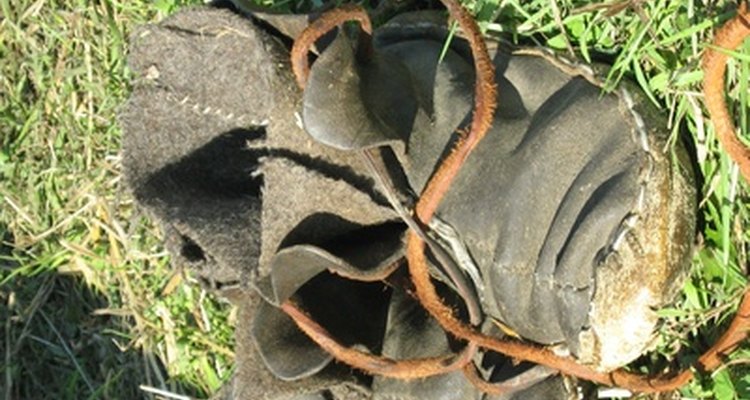
Native Canadian moccasins can be very difficult to waterproof, and, in some cases, you may not achieve the desired effect. This type of footwear is not meant to be worn in wet weather; in fact, many native Canadians in the past would go barefoot in wet weather and tolerate the discomfort, rather than have wet feet.
The type of leather used for moccasins is breathable by nature, which also means that water seeps in. However, there are a few things you can do to improve the water resistance of your mocassins.
Waterproofing with Wax
Choose a good beeswax for your moccasins. There are several commercial types available, like Sno-Seal or Kiwi Camp Dry. They can be purchased at shoe stores, big box stores, craft shops or online.
Test the beeswax on a small area to check for changes in the appearance of your moccasin.
Cover the moccasins in the beeswax carefully. Pay attention to the areas around the sole, which get the most water exposure.
Allow your moccasins to dry before taking them out in the wet weather, to let the beeswax seep in.
Additional Waterproofing Techniques
Find a good felt liner that still allows enough room in the moccasin. This can reduce the exposure of your foot to the wetness, which can make all the difference.
Try a chemical water repellent, such as those sold in shoe stores. This could be a spray or additional waxes or rubs. Water repellents can change the appearance of the moccasin.
Sew the holes of the moccasin tighter. A main area for water to seep in is the lace holes. By making these smaller, less water can get in.
Add a rubber sole to your moccasins. This can be done at home or professionally by a shoe repairman. While it may detract from the traditional look, it makes your moccasins better suited for outdoor wear.
Related Articles

How to Get My Boots to Stop Squeaking
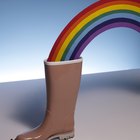
How to Fix a Crack in My Hunter Wellies

How to Clean Marks From Nike Mercurial ...
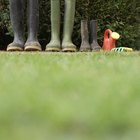
Water-Resistant Vs. Waterproof Boots
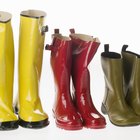
How to Fix Cracked Rubber Boots

How to Shrink a Suede Shoe

How to Wax Your Boots

What Are Pac Boots?

How to Wash Moccasins

How to Care for Moccasins
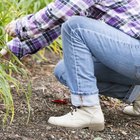
How to Clean Clarks Beeswax Leather ...

How to Stop Crocs From Making Noise

How Does Suede React to Water?
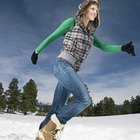
How to Prepare UGG Boots for First Time ...
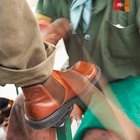
How to Care for Your Blundstones
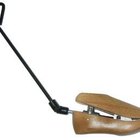
How to Stretch Suede Boots

How to Take Care of a Hush Puppies Shoe

How to Clean the Leather on a High ...
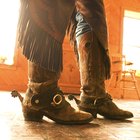
The Right Way to Soften a Pair of ...
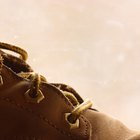
How to Fix Timberland Boots Damaged by ...
References
Writer Bio
Meagan McDougall has been a professional writer since 2006. First appearing in "The Martlet," University of Victoria's student newspaper, she now primarily writes journalistic articles and screenplays. Her focus areas are entertainment, the arts and the environment. She holds a Bachelor of Arts in political science from the University of Victoria and a diploma in writing for film and television from Vancouver Film School.
Photo Credits
Moccasin image by Kathy D from Fotolia.com